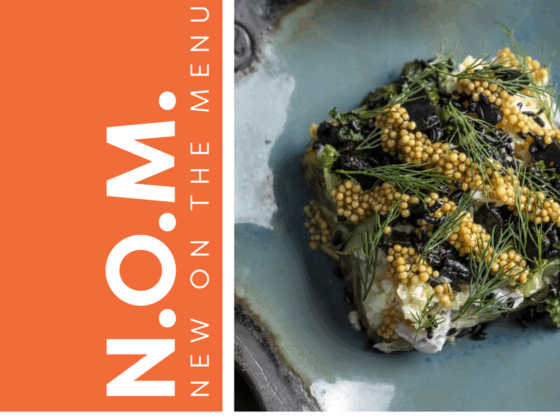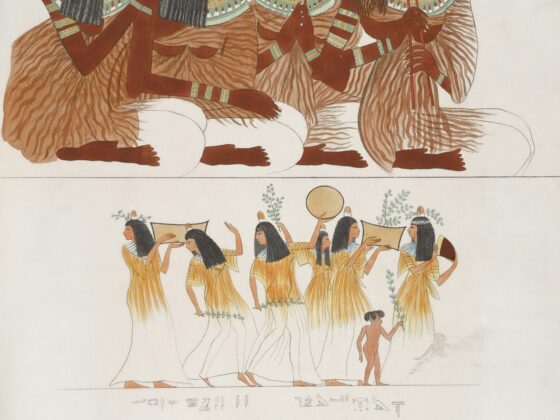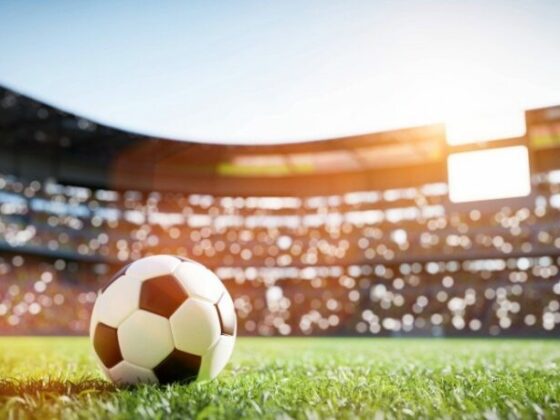
Continuous improvement is a little like running a race where the finish line keeps moving. In the hotel industry, this game of endurance is particularly intense. Success requires the speed to stay ahead of fierce competition, the ability to anticipate and meet guests’ ever-changing needs and the focus to deliver unparalleled consistency despite a challenging labor market. Achieving high performance in this type of setting is difficult enough. Sustaining and building upon it is even tougher. Hospitality leaders are not alone in tackling the obstacles of sustaining improvement. Across industries, this is a challenge. But leaders can position their organizations for sustained elevated performance by drawing on proven strategies and lessons learned from successful improvement initiatives.
THREE PHASES OF CHANGE
Change is hard. Disrupting familiar patterns of behavior is uncomfortable for everyone, both for employees and leaders. Often, at the outset, the benefits of change are unclear or seldom receive total buy-in. This results in any change process going through several phases of acceptance.
Experience is helpful. In any organization, improvement initiatives usually unfold in predictable stages. Leaders can anticipate where the finish line will move to and have some insight as to how to get there by equipping themselves with a deeper understanding of these.
The first two quarters after the implementation of method changes can best be described as a time of compliance. Employees know the mechanics of the new methods—they follow instructions and check the boxes. However, a full buy-in is rarely seen at this early stage. People are typically just following directions.
By the third quarter, understanding takes root. Employees recognize why the new way of working is important, or helpful to them, and begin to advocate for it. It may still not feel entirely natural. It’s like learning anything new: First, you understand the concept, but it’s repetition that eventually allows you to do it without conscious effort.
In the fourth quarter, ownership emerges. Employees and managers have internalized not just what to do, but why they should do it, and how it fits into the bigger picture. They begin to see the pieces come together in a way that makes sense. At this stage, Ryan Zarb, VP of Carpedia International new practices feel more familiar and the organization operates with greater cohesion and confidence.
Sustaining the gains made through an improvement initiative is an ongoing effort. It’s not just about implementing change but cultivating an environment where positive habits stick, accountability thrives and progress becomes part of the organizational DNA.
BEWARE BROKEN WINDOWS
Improvement initiatives tend to concentrate the attention of the organization on select processes, workflows or functional areas. The heightened focus during a transformation initiative keeps people accountable, but when the initiative ends, there is a natural tendency for employees and managers to let go of the intensity and some of the underlying expectations.
There is a theory in criminology that broken windows and other visible signs of neglect or minor acts of vandalism can fuel greater disorder and dysfunction in a neighborhood. A similar phenomenon can be found in an organizational context, where small cracks in accountability can rapidly erode the progress made during the transformation.
Hard-earned gains achieved through improvement initiatives erode quickly when old habits and inefficiencies are allowed to creep back in. The pull of familiarity is strong; it quickly reclaims processes and resurfaces past cultures. There are many common ways this occurs. For example, area managers may modify labor resource plans because they don’t believe in the accuracy of the underlying standards.
One of the more subtle, and dangerous, warning signs is when organizations accept performance rationalizations without uncovering the root cause of variances. Companies that make this a habit have a tough time performing at increasingly competitive levels.
By addressing these issues head-on, leaders prevent progress erosion and reinforce a culture of excellence. Workplaces flourish when leaders remain proactive, respond swiftly and empower teams to take pride in maintaining order and quality. Staying mindful of the little things can keep the big picture intact.
It is helpful to remember that most improvement initiatives typically address a limited portion of the potential opportunities within any given functional area. There is always significant room for further growth.
BUILDING A HIGH-PERFORMANCE CULTURE
Remarkable things can happen when managers and employees have genuine ownership of change. With a solid foundation in place, the focus can shift to building on progress, further refining the systems and evolving the processes to be even more efficient. Organizations that reach this stage can shift into creative innovation and long-term benefits begin to compound.
Leadership, vigilance and an environment that values a commitment to excellence are key to keeping gains and building a culture of continuous improvement.
Story contributed by Peter Follows and Ryan Zarb of Carpedia.









